





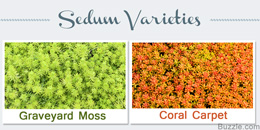 What's in a name?Sedum's botanical name means "to sit", and is referred to as rocky stonecrop in England based on its ability to creep along rocks and for the way it rests on cliffs.Sedum is a large genus of leaf succulents belonging to the Crassulaceae family. It is commonly known as stonecrops. It is found throughout the Northern Hemisphere in the form of herbs and shrubs. It flourishes in any well-drained, sunny patch and is extremely easy to grow. The succulent nature of its foliage enables it to withstand drought and neglect. The plant is also salt-tolerant.
What's in a name?Sedum's botanical name means "to sit", and is referred to as rocky stonecrop in England based on its ability to creep along rocks and for the way it rests on cliffs.Sedum is a large genus of leaf succulents belonging to the Crassulaceae family. It is commonly known as stonecrops. It is found throughout the Northern Hemisphere in the form of herbs and shrubs. It flourishes in any well-drained, sunny patch and is extremely easy to grow. The succulent nature of its foliage enables it to withstand drought and neglect. The plant is also salt-tolerant.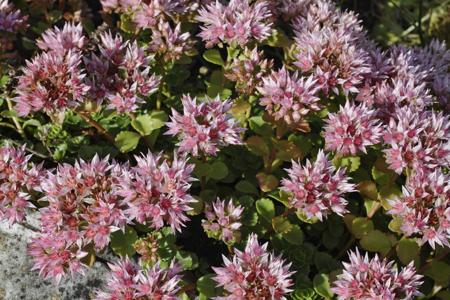 Fuldaglut - It requires abundant sunlight, and grows up to a height of 3 inches. It bears tiny rose-red, star-shaped flowers on mixed colored foliage that turns red in August.
Fuldaglut - It requires abundant sunlight, and grows up to a height of 3 inches. It bears tiny rose-red, star-shaped flowers on mixed colored foliage that turns red in August.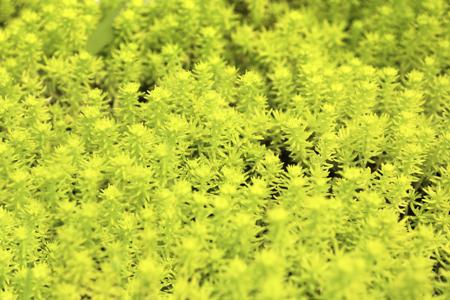 Graveyard Moss - It requires partial shade and grows up to a height of 5 inches. It produces bright yellow flowers in May-June.
Graveyard Moss - It requires partial shade and grows up to a height of 5 inches. It produces bright yellow flowers in May-June.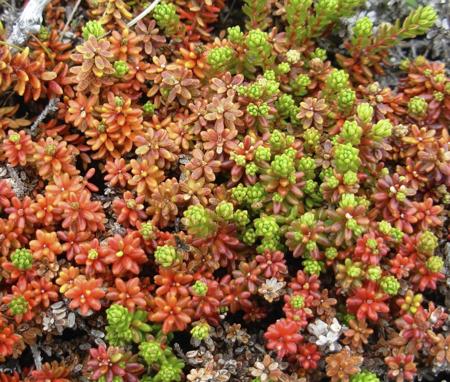 Coral Carpet - It requires partial shade and grows up to a height of 4 inches. The light pink/white flowers bloom amid small, coral, fleshy leaves in early summer.
Coral Carpet - It requires partial shade and grows up to a height of 4 inches. The light pink/white flowers bloom amid small, coral, fleshy leaves in early summer.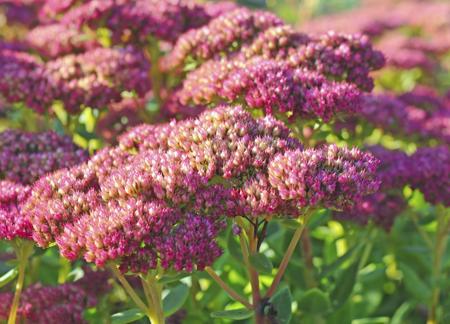 Flaming Carpet - It grows to a height of 8 inches and blooms in summer. It is quite hardy, heat and drought tolerant, and will grow in almost any soil.
Flaming Carpet - It grows to a height of 8 inches and blooms in summer. It is quite hardy, heat and drought tolerant, and will grow in almost any soil.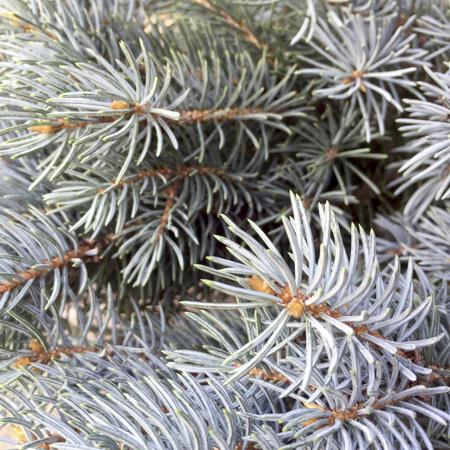 Blue Spruce - It grows up to 9 inches in height, and produces yellow star-shaped flowers in June. It is often used in rooftops and containers.
Blue Spruce - It grows up to 9 inches in height, and produces yellow star-shaped flowers in June. It is often used in rooftops and containers. Purple Emperor - It won the 2002 ISU Perennial Award for Best New Introduction. It exhibits a dark reddish-purple foliage and dusty rose flowers in large clusters. It grows to a height of 16 inches.
Purple Emperor - It won the 2002 ISU Perennial Award for Best New Introduction. It exhibits a dark reddish-purple foliage and dusty rose flowers in large clusters. It grows to a height of 16 inches.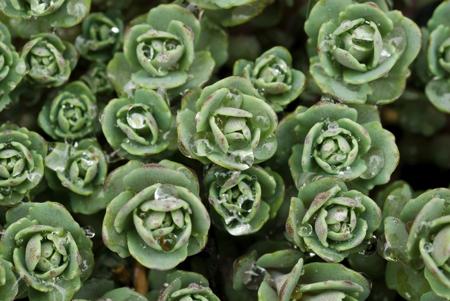 Lidakense - It forms small rosettes that grow in low clumps, and produce deep pink/magenta flowers in late summer and fall.
Lidakense - It forms small rosettes that grow in low clumps, and produce deep pink/magenta flowers in late summer and fall.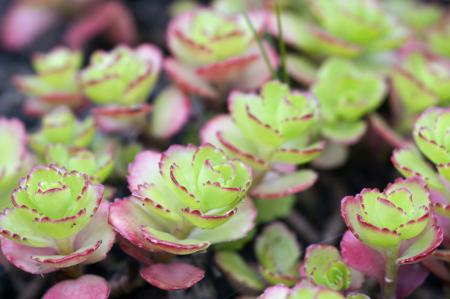 Lime Zinger - Its apple-green leaves have an edging of cherry red and grow to a maximum height of 6 inches. It produces large clusters of pink flowers from late August through September.
Lime Zinger - Its apple-green leaves have an edging of cherry red and grow to a maximum height of 6 inches. It produces large clusters of pink flowers from late August through September.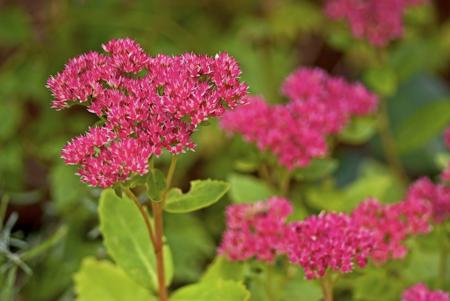 Autumn Fire - It has thick, red-colored flowers in late summer and fall. It grows to a height of 30 inches.
Autumn Fire - It has thick, red-colored flowers in late summer and fall. It grows to a height of 30 inches.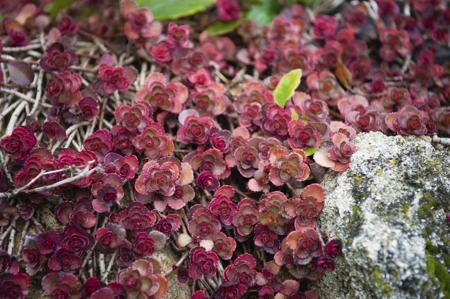 Dragon's Blood - It requires partial shade and grows to a height of 7 inches. Its bronze foliage is covered with red blooms in summer.
Dragon's Blood - It requires partial shade and grows to a height of 7 inches. Its bronze foliage is covered with red blooms in summer.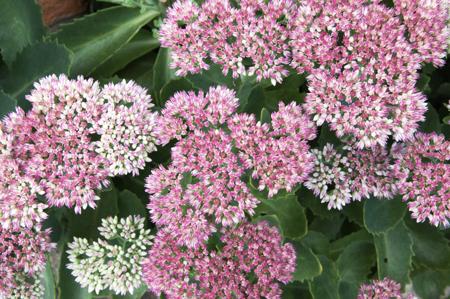 Pure Joy - It grows up to 13 inches in height. It shows small, serrated, blue-green leaves forming a rounded, low mound. Bubblegum pink flowers are seen in August and September.
Pure Joy - It grows up to 13 inches in height. It shows small, serrated, blue-green leaves forming a rounded, low mound. Bubblegum pink flowers are seen in August and September.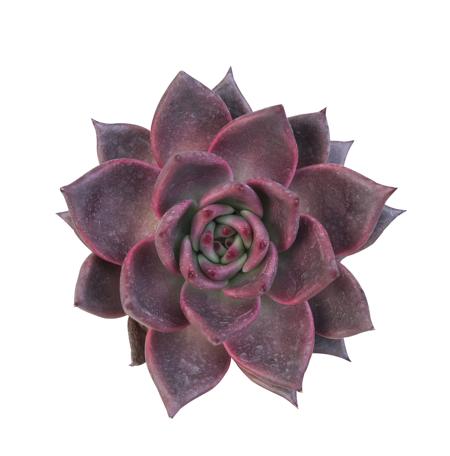 Chocolate Drop - It grow to 8 inches in height and exhibits lightly crenated dark chocolate brown leaves with soft rose-colored flowers.
Chocolate Drop - It grow to 8 inches in height and exhibits lightly crenated dark chocolate brown leaves with soft rose-colored flowers.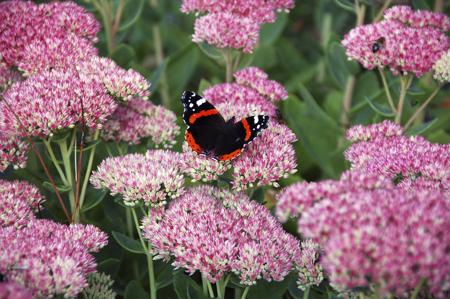 Autumn Joy/ Herbstfreude - One of the most popular perennials, it boasts light green leaves and deep rose flowers. It grows to a height of 25 inches.
Autumn Joy/ Herbstfreude - One of the most popular perennials, it boasts light green leaves and deep rose flowers. It grows to a height of 25 inches.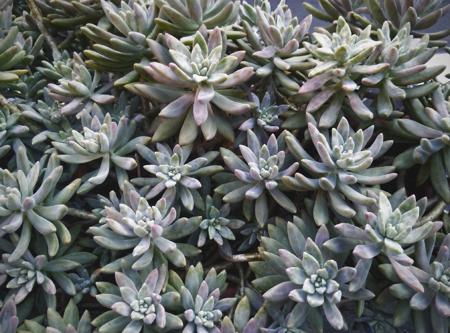 Sea Urchin - It prefers partial shade and grows to a height of 7 inches. Its silver-green leaves are edged in white, and has bright yellow blooms.
Sea Urchin - It prefers partial shade and grows to a height of 7 inches. Its silver-green leaves are edged in white, and has bright yellow blooms.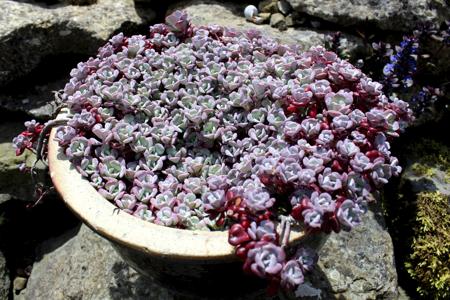 Cape Blanco - It forms tight, tiny rosettes that spread low. The foliage is silvery and blue that later turns crimson.
Cape Blanco - It forms tight, tiny rosettes that spread low. The foliage is silvery and blue that later turns crimson.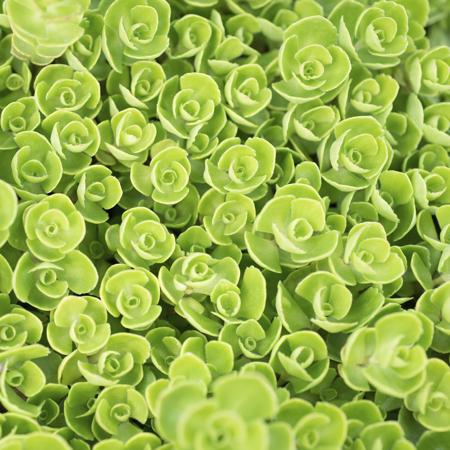 Rosetta - Its leaves are clustered together in the shape of roses on arching stems. White flowers bloom at the end of each branch in late summer. This plant can be 16 inches tall.
Rosetta - Its leaves are clustered together in the shape of roses on arching stems. White flowers bloom at the end of each branch in late summer. This plant can be 16 inches tall.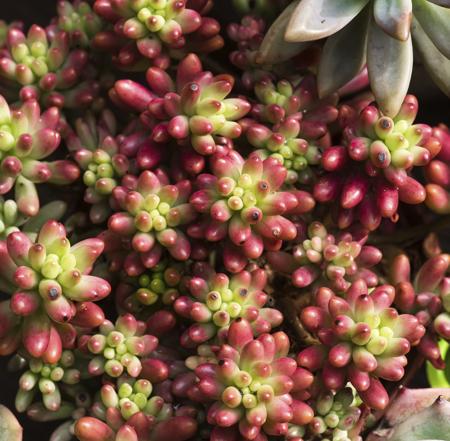 Red Wiggle - It grows to a height of 6 inches, and produces low-growing, needle-like leaves that start out as green and later turn red. It produces yellow blooms.
Red Wiggle - It grows to a height of 6 inches, and produces low-growing, needle-like leaves that start out as green and later turn red. It produces yellow blooms.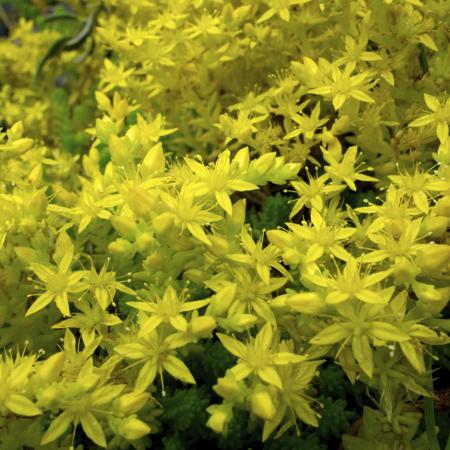 Weihenstephaner Gold - It needs to be grown in partial shade. It is a low-growing sedum that reaches a height of 6 inches. It is popular due to its yellow flowers that bloom in early summer.Uses of SedumsOrnamental
Weihenstephaner Gold - It needs to be grown in partial shade. It is a low-growing sedum that reaches a height of 6 inches. It is popular due to its yellow flowers that bloom in early summer.Uses of SedumsOrnamentalCopyright © www.100flowers.win Botanic Garden All Rights Reserved